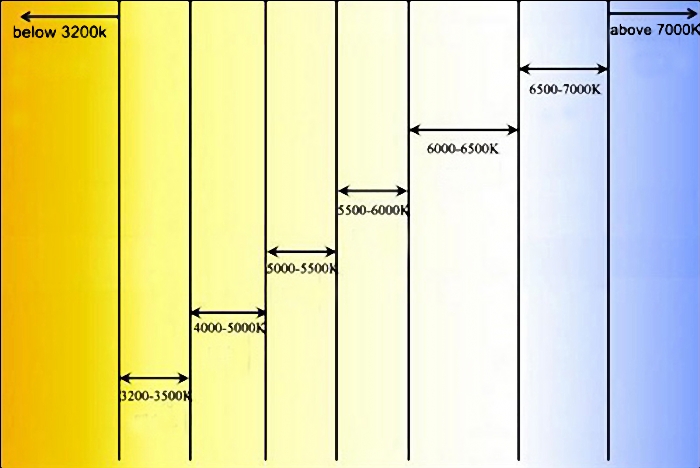A few Questions Before Purchasing LED Work Lights
04-01-2014Obvious energy saving effectiveness, long life-time, no radiation, no RF interference, no white noise, soft light rays, and a wide operating voltage range, water-proof features are all special features of LED work lights, and becoming well received daily.
As a consumer, how are you able to pick the best product to satisfy your needs with a wide range of vehicular LED lights spread out before you?
First is through packaging and trademark. Basically, LED work lights packages include the following information on the outside packaging label: voltage rating, voltage range, efficacy rating, and frequency rating. Normally, the trademark of high quality products are printed in excellent quality with clear and distinguished labeling that is not easily wiped away with a damp cloth. There are also manufacturer’s trademark and certification marks.
Second is through the outward appearance of the LED work lights. On the outside there must be no cracks or traces of flexibility and interface trace of being pried open. During the installation and dismantling process, the housing of the LED work lights cannot be crooked. The outer shell of the LED wok lights, one must choose one that is made of aluminum for excellent heat dissipation, with a distinguishing feature of the lens having a toughed glass like PC. Lights through the popular PC lens outside are more smooth and lustrous, so are much welcome for energy saving LED lights (CFL) manufacturing.
The third is through operating condition. LED work lights in a normal operation condition should have a low rise in temperature. If the requirement for heat radiation is not good, the LED bulb at a high temperature will have a large lumens depreciation and the lifespan will greatly decrease. Also, if when the lamp when being turned on and off, there is rapid flickering, then it means there is a problem with the quality.
Finally, the fourth is through sound. Electromagnetic compatibility is something that electronics must go through. On the outside of LED lights, there must be printed the EMC –marked or CE test. We can also perform a small test to easily determine this. Place a dual range receiver near the light while it is working. If the amount of noise that interferes with the dual range receiver is low, then this means that the bulb’s electromagnetic compatibility is good. When listening to the LED light while it is on in a quiet environment, if the sounds of the lamp is very obvious, then this means that the lamp’s power source is not good.
For consumers that do not have a wide knowledge of electronics, how to quickly, easily, and efficiently purchase a suitable LED work light to suit ones needs, one should focus on the following two indicators.
The first indicator is the power and light efficiency. LED lights comprehensive luminous efficiency refers to the unit of watts/lumens for luminous efficacy. The high the number, the better the energy saving efficiency, so one should purchase a high w/lumen LED lamp. Based on the use of the environment to buy a suitable power sized lamp, the 16W lamp currently on the market can reach up to 200W incandescent light luminous flux, which is enough to fill a 10 ping room with light.
The second indicator is the color rendering index and the temperature color. The color rendering index is an indicator for the light evaluation for an objects color rendering ability, with the perfect standard color rendering index for a light source being about 100. The higher the color rendering index number, the closer the light source is to the actual color.
It is generally known that 80-100 color rendering index is good, 50-79 is average, and anything lower than 50 is considered poor. The unit for temperature color is K. Red colored light rays have a temperature color of between 800K to 900K, yellow with around 3000K, white about 5500L, and light blue being between 8000K and 12000K. The temperature color light source depends on consumer preference. So for example, if a consumer like a warm temperature lamp, they can pick a 3000K temperature color lamp.



